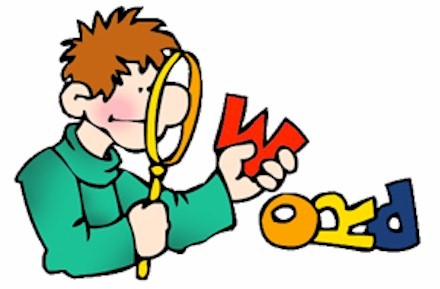Dyslexia and Specific learning Difficulties

It is though that 1 in 10 people are affected by Dyslexia in the UK-that’s more than 6 million people ! Dyslexia is a hidden disability , usually hereditary and is the most common of the Specific Learning Difficulties (SpLDs). Some visible signs…..
- Mixing up letters within words and words within sentences while reading
- Difficulties with spelling words correctly while writing - letter reversals are common
- Difficulties navigating a route, left and right and compass directions.
Dyslexia is described as a specific learning difficulty that primarily affects the skills involved in accurate and fluent word reading and spelling (Rose, 1999). This can impact on literacy development, maths, memory, organisation and sequencing skills.
However, Dyslexia is not only about literacy, although weaknesses in literacy are often the most visible sign. Dyslexia affects the way information is processed, stored and retrieved, with problems of memory, speed of processing, time perception, organisation and sequencing.
If you can’t learn to read, you can’t read to learn.
2 or 3 children in every classroom struggle to LEARN to read and write. Many progress well with sound/ phonic based teaching but for those with more severe needs, it is essential that they have access to specialist teaching. At the moment, so many such children do not get the help they need due to lack of trained specialist staff or their difficulties go unnoticed or unexplained.
Correct identification and support means that Dyslexia isn’t a barrier to learning and as such problems such as school avoidance, exclusion, poor behaviour or stress are avoided. Those who struggle to learn, risk their behaviour and confidence being badly affected.
Dyslexia hasn’t held these people back!!
Prince Harry, Bill Gates, Sir Richard Branson, Steven Spielberg, Jamie Oliver, Keira Knightley
